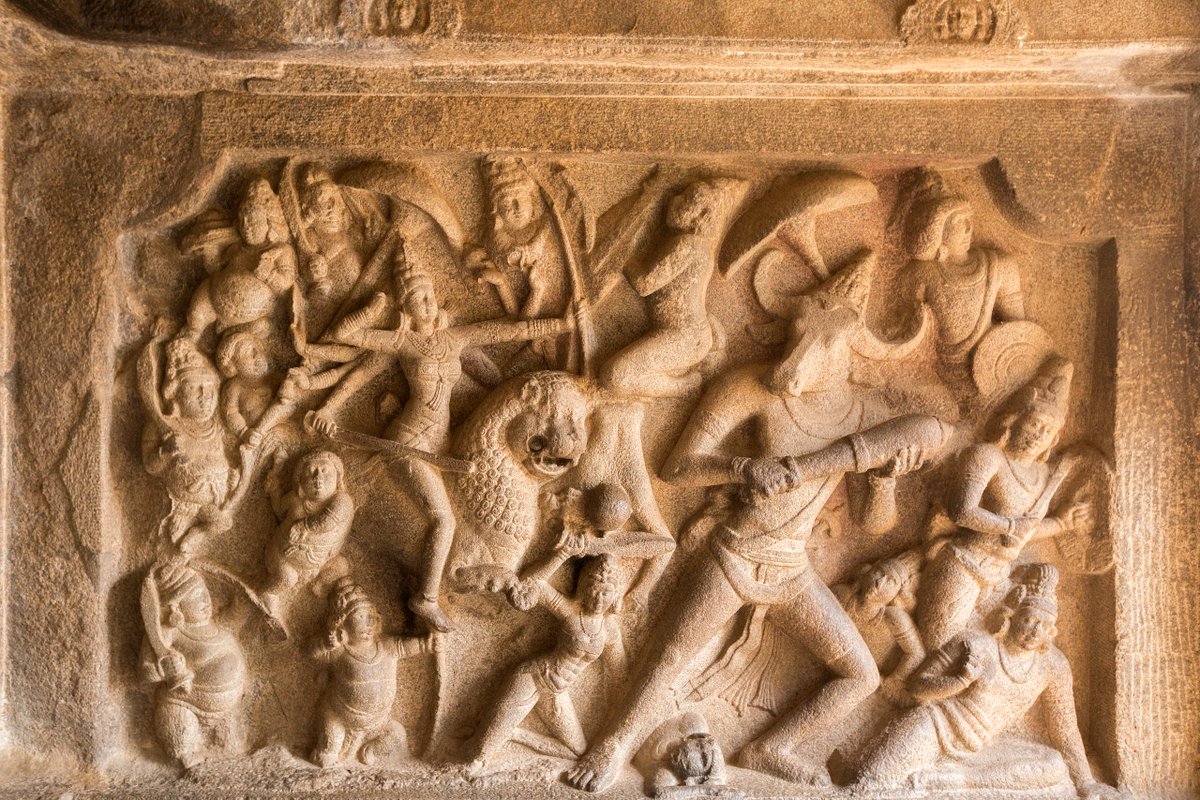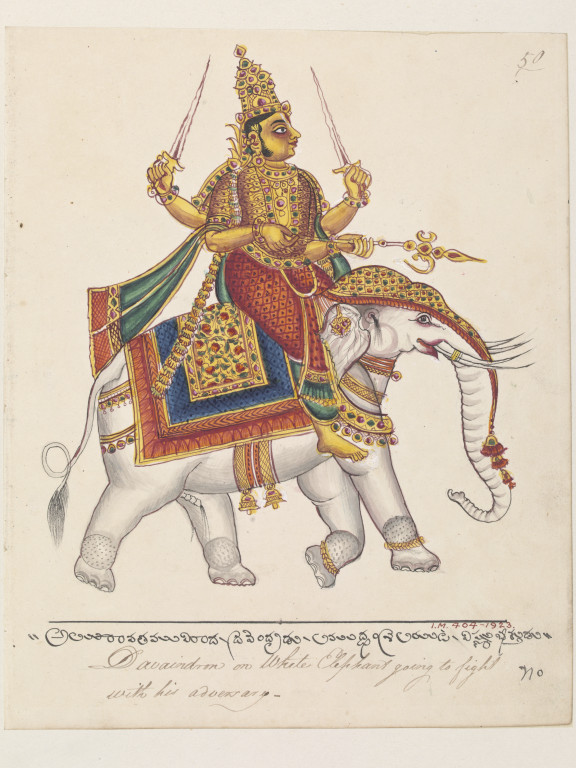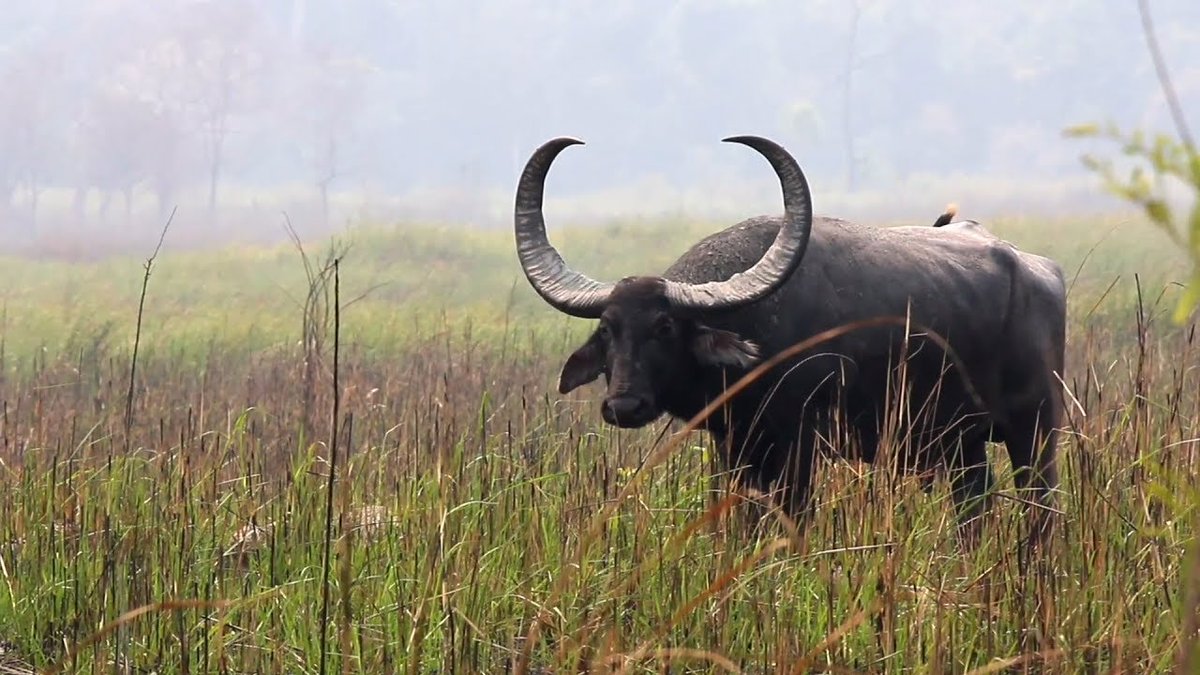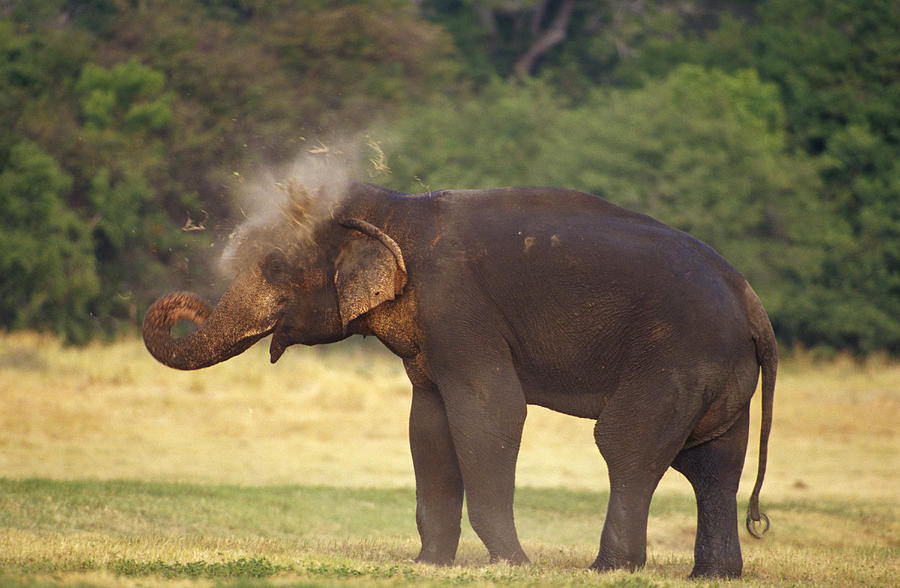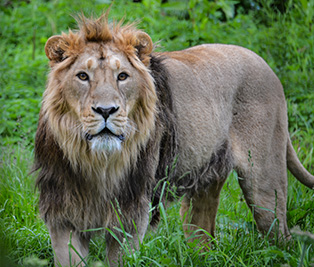Thread: This is the 7th c. AD depiction of the moment when the Deva (goddess) Durga riding on a lion slays Asura (demon) Mahisha whose name means buffalo... https://smarthistory.org/durga-mahisha-mamallapuram/
In the perpetual conflict between Devas and Asuras, in the battle between the gods and the demons, the Devas led by Indra (riding on an elephant) were defeated by Mahisha, the Buffalo demon...
Dejected by their defeat, the Devas assemble in the mountains where their combined divine energies coalesce into goddess Durga...
The newborn Durga, riding on a lion, led a battle against Mahisha, buffalo demon, and killed him. Thereafter she is named Mahishasuramardini, meaning "the killer of Mahishasura"...
Sooooo... What does all this mean?
To understand this story we need to look at the animal symbolism found in it. Namely Buffalo (bad) and Elephant and Lion (good) ...And the local climate...Yup, again...
...And the local climate...Yup, again...
To understand this story we need to look at the animal symbolism found in it. Namely Buffalo (bad) and Elephant and Lion (good)
 ...And the local climate...Yup, again...
...And the local climate...Yup, again...
Just like in all other Eurasian and North African cultures, animals in legends are solar year calendar markers, developed from a well known annual events in the lifecycle of the animals in question, which happen every year at the same time...
https://oldeuropeanculture.blogspot.com/p/animal-solar-year-markers.html
https://oldeuropeanculture.blogspot.com/p/animal-solar-year-markers.html
When it comes to animals that usually means either beginning of the mating season or less commonly beginning of the birthing season...
In Durga-Mahisha story, buffalo, elephant and lion are solar calendar markers developed from the times of the mating seasons of these animals...
Buffalos, more precisely Wild Water Buffalos are seasonal breeders in most of their range, typically in October and November...
Asian Elephants are also seasonal breathers, mating between June and September, with peak in July and August...
July-August is the part of the year marked by Leo...Now Eurasian Lions are also seasonal breathers and their mating season starts in September, but I wonder if in the past, in Europe and Western Asia, it started earlier, in August, during the period marked by Leo???
If we look at the climate in the west of the Indian subcontinent, the Indus river valley and the adjoining areas in Pakistan and India, we can see that the year is divided into two parts: wet part (Jun-Sep) and dry part (Oct-May).
https://www.climatestotravel.com/climate/india
https://www.climatestotravel.com/climate/pakistan
https://www.climatestotravel.com/climate/india
https://www.climatestotravel.com/climate/pakistan

 Read on Twitter
Read on Twitter